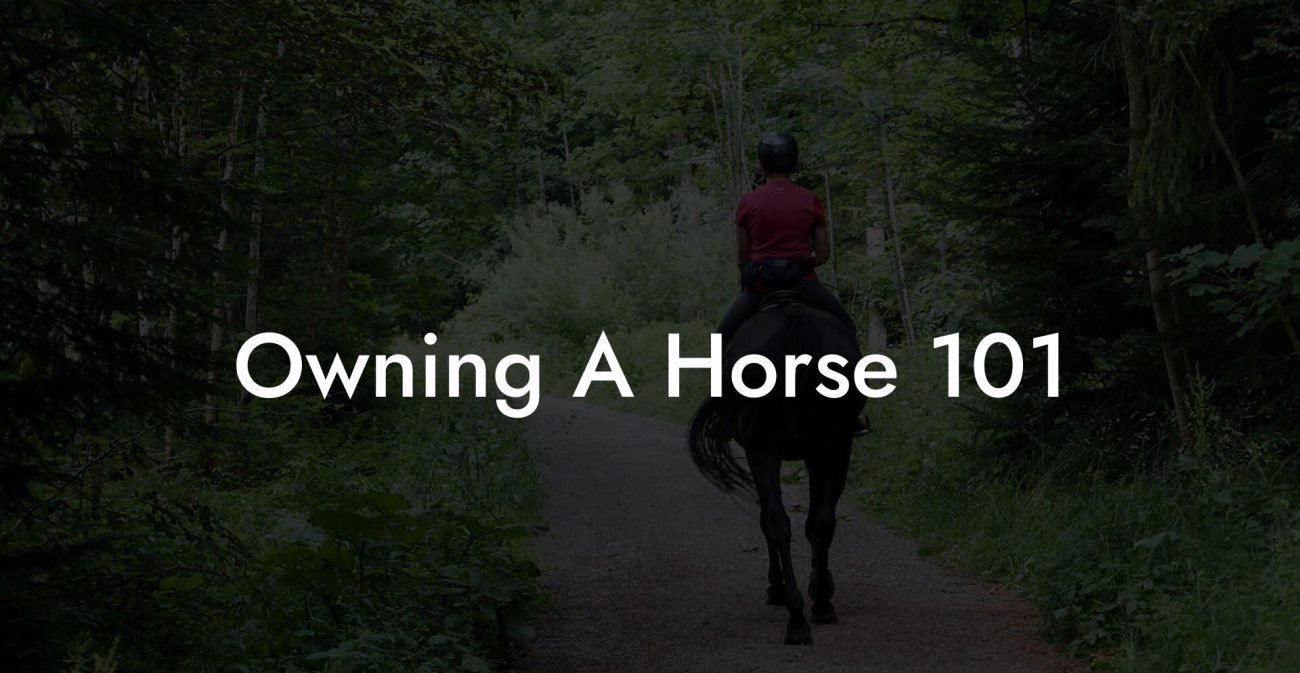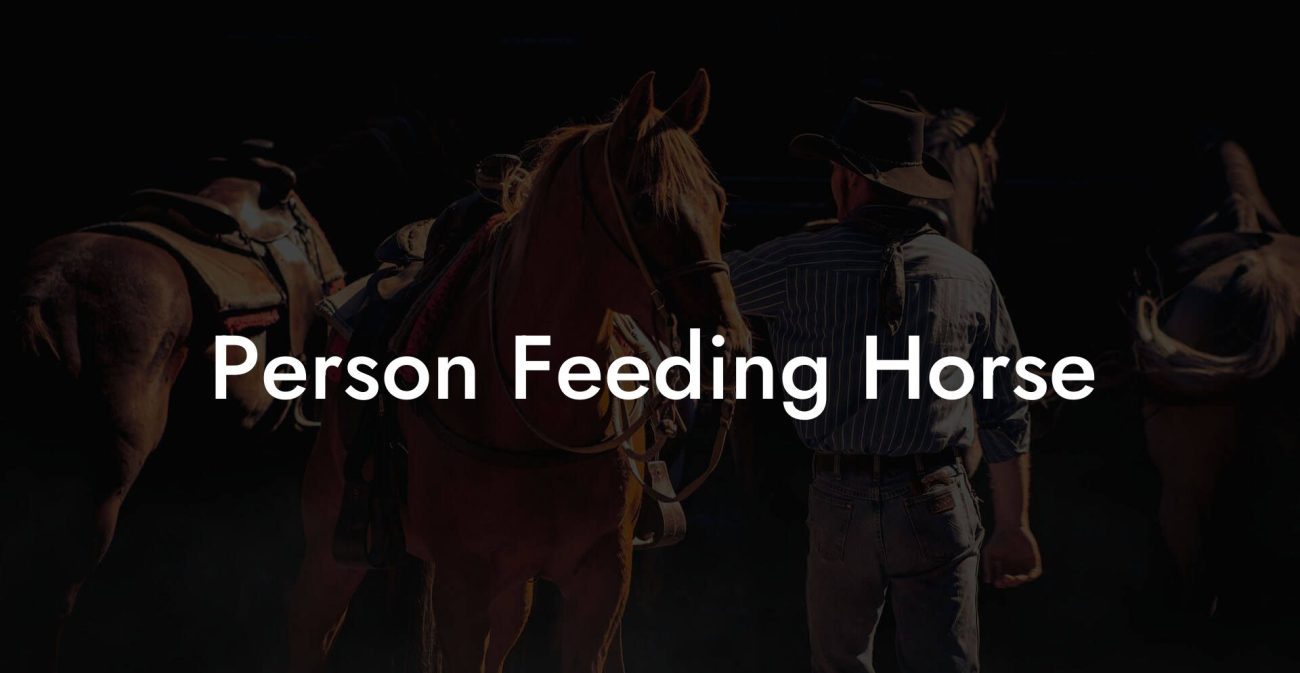Few experiences can compete with the freedom and exhilaration of horse riding. Whether you've always dreamed of galloping across open fields or simply walking a picturesque trail, horse riding offers endless opportunities for outdoor fun and personal growth. As a beginner, you may feel a little overwhelmed at the thought of embarking on this exciting journey. Fear not — our comprehensive guide to horse riding will provide you with the confidence and knowledge you need to take that first step.
Introduction To Horse Riding Table of Contents
In this article, we'll cover everything you need to know to begin your horse riding adventure, including essential equipment, safety precautions, and basic riding techniques. But first, let's take a look at some of the many benefits that horse riding has to offer.
Why Ride?
There's no denying that horse riding is an incredibly enjoyable pastime, but it also comes with numerous physical, mental, and emotional benefits. A few of these key benefits include:
- Improved balance and coordination
- Increased muscle strength and flexibility
- Boosted cardiovascular health
- Heightened focus and stress reduction
- Strengthened bond between rider and horse
So, are you ready to experience these amazing benefits for yourself? Let's get started!
Essential Equipment
Before you can hit the saddle, you'll need to gather some essential equipment. While the specific items required may vary depending on your individual needs and the facility where you ride, there are a few key pieces that remain consistent across the board:
1. A proper-fitting riding helmet: Ensure your helmet is ASTM/SEI certified, which means it has met specific safety standards to protect your head in the event of a fall.
2. Riding boots or footwear with a small heel: The heel helps prevent your foot from slipping through the stirrup, reducing the risk of injury.
3. Comfortable and appropriate clothing: Typically, long pants like riding breeches or jeans are recommended. For your top, opt for snug, yet comfortable shirts or jackets that won't flap around and scare the horse.
4. Gloves: These will help you maintain a secure grip on the reins and protect your hands from chafing.
5. A reputable trainer or instructor: Always start with professional guidance to establish a solid foundation in riding.
Riding Safety
Safety should always be your top priority when it comes to horse riding. Here are some crucial steps to follow for a safe and enjoyable experience:
1. Always wear your helmet and appropriate riding gear.
2. Learn how to approach, handle, and mount a horse safely under the guidance of your instructor.
3. Ride a horse that matches your skill level and temperament.
4. Communicate with other riders to avoid accidents.
5. Never attempt to ride beyond your comfort level or abilities.
Basic Riding Techniques
Once you're properly equipped and have a grasp on safety practices, it's time to start learning basic riding techniques. Your instructor will guide you through this process, but here's an overview of what to expect:
1. Mounting: Approach the horse from its left side, and (with your instructor's help) place your left foot in the stirrup while firmly holding the reins. Swing your right leg over the horse, gently lowering yourself into the saddle.
2. Posture: Sit up straight with your heels down and toes up. Keep your legs relaxed and slightly bent at the knees, maintaining a light grip on the reins.
3. Walk, trot, and canter: As you progress from the walk to the trot (a two-beat gait) and then the canter (a faster, three-beat gait), your instructor will help you develop essential skills like balance, timing, and communication with your horse.
4. Steering: Move your horse where you want to go by using your legs, body, and reins to communicate clear and gentle cues.
5. Dismounting: Slowly come to a stop and remove both feet from the stirrups. Lean forward and swing your right leg over the horse's back before safely landing on the ground.
Conclusion
There's always something new to learn and master within the world of horse riding. But equipped with the knowledge from this comprehensive guide, you're now ready to begin your incredible journey. Remember, practice and patience are key, so take your time as you develop your skills, and most importantly, have fun!
If you found this article helpful, be sure to share it with your fellow equestrian enthusiasts and explore other informative posts here on "How to Own a Horse." Together, we can grow and thrive in this beautiful and rewarding world of horse ownership and riding.













